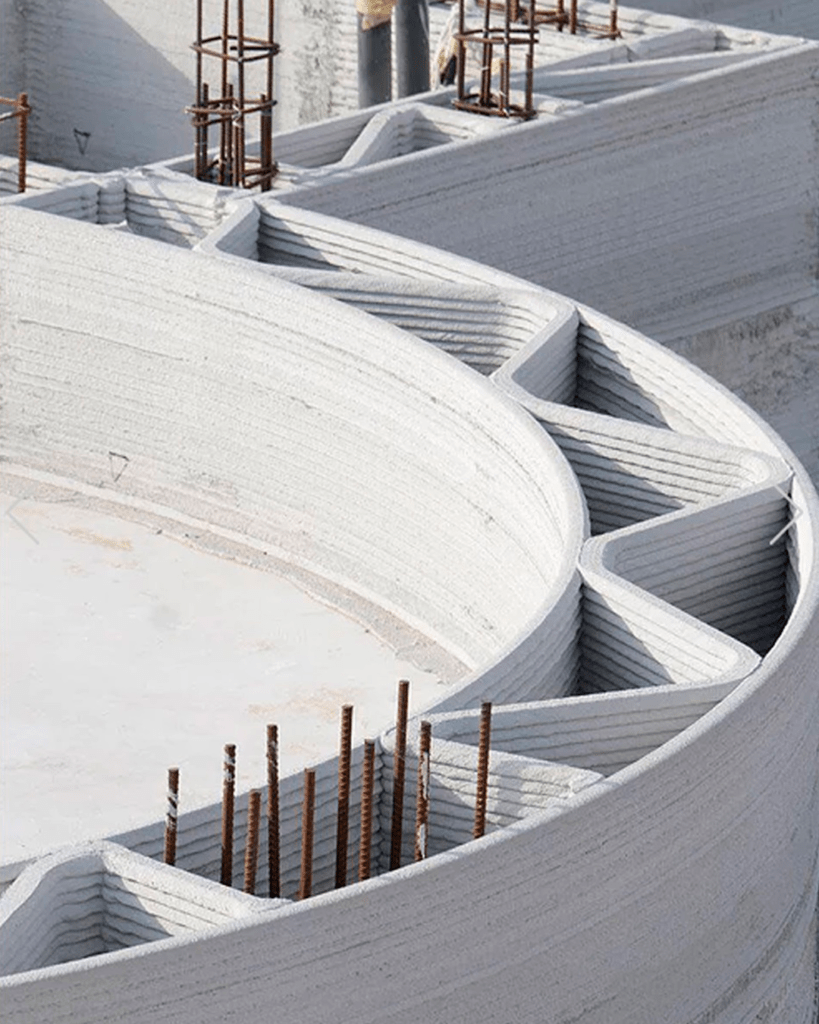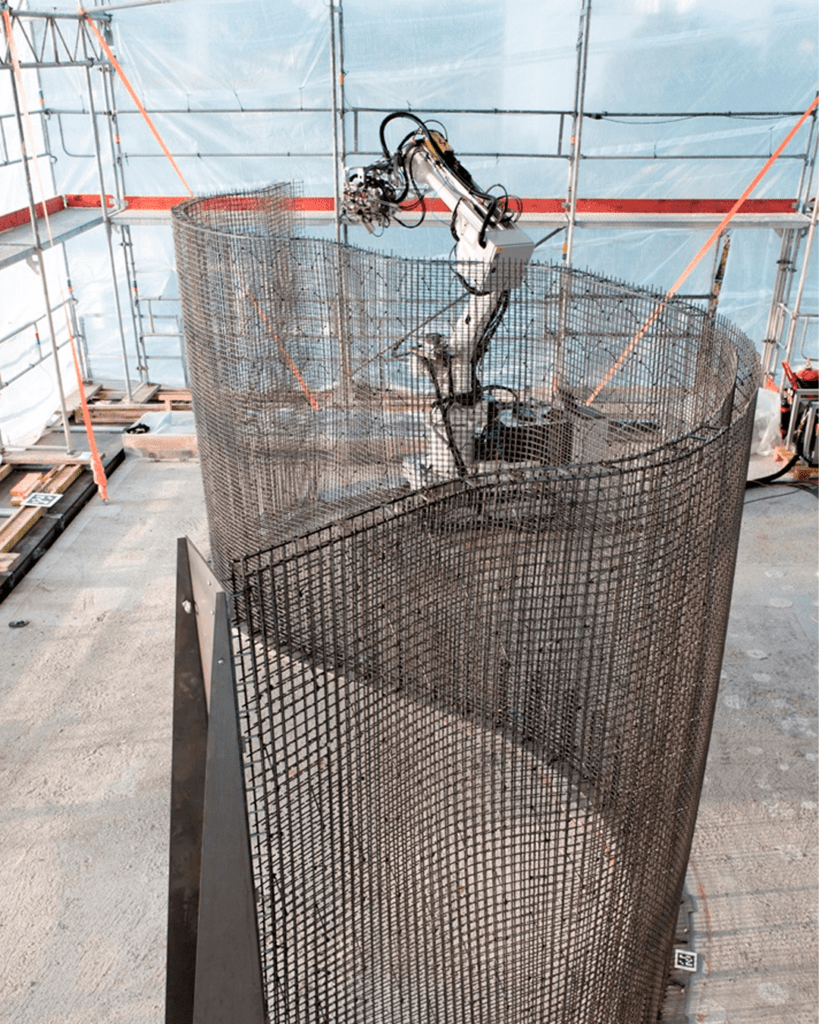Table of contents
• Introduction
• Self-healing Concrete
• 3D Printing
• Autonomous Robotics
• Advanced Building Materials
• Building Information Modeling (BIM)
• Artificial Intelligence (AI) and Machine Learning
• Conclusion
Introduction
Hey there, fellow readers! Are you ready to hear about the groundbreaking products that will revolutionize the construction industry in 2023? Let’s dive right in. Construction is an essential industry that plays a vital role in our lives, from building homes to infrastructure. With emerging trends in construction technology, the industry is set to change drastically. In the next few years, we’ll see some groundbreaking products that are set to improve construction processes and make them more efficient than ever before. So let’s explore some of the construction technologies that will transform the industry in 2023.
Self-healing Concrete
Who doesn’t love the idea of a material that can fix itself? Self-healing concrete is exactly what it sounds like – concrete that can repair itself without any external human intervention. This groundbreaking product has the potential to change the way we think about construction. So how does it work? Self-healing concrete contains capsules of bacteria that activate when cracks form in the material. These capsules release calcium carbonate, which then fills in the gaps and reinforces the structure. No more expensive repair work or worrying about the structural integrity of a building! The benefits of self-healing concrete are obvious. Aside from the huge cost savings, it also extends the lifespan of infrastructure and reduces the need for maintenance. Plus, it’s environmentally friendly – repairing rather than replacing means less waste and reduced carbon emissions. In summary, self-healing concrete is a game-changer for the construction industry. Its potential is huge, and we can’t wait to see how it develops in the coming years.
3D Printing

3D printing technology has emerged in the construction industry with immense potential. The benefits of 3D printing in construction are numerous. Firstly, it allows for faster, more efficient construction that saves both time and labor costs. Additionally, 3D printed materials are incredibly durable and can withstand harsh weather conditions, making them ideal for use in building structures. Moreover, this technology enables architects and builders to create more complex and intricate designs that would be impossible using traditional construction methods. Plus, 3D printing produces less waste, making it a more environmentally friendly option. In conclusion, 3D printing technology is set to revolutionize the construction industry, and we can’t wait to see what the future holds.
Autonomous Robotics

Robots are not a new concept in the construction industry. However, autonomous robots are a game-changer for the industry. Autonomous robots can work without human intervention – isn’t that neat? They can perform complex tasks with efficiency, saving time and effort. The importance of autonomous robots in construction cannot be overstated.
They can handle hazardous tasks, which can be life-threatening to humans. Moreover, autonomous robots are cost-effective as they don’t require a salary, insurance, or benefits. They also make fewer mistakes than humans, which implies a decrease in material waste and rework. Several examples of autonomous robots in construction exist. For instance, drones can monitor construction sites, providing data for mapping, volume measurements, and progress tracking.
Autonomous bulldozers can move and level earth without an operator. Furthermore, bricklaying robots can stack and lay bricks more quickly than humans. Autonomous robots can perform tasks faster and better than humans, and in hazardous environments, it’s highly recommended. In conclusion, autonomous robotics is a promising technology that will revolutionize the construction industry. Construction sites will be safer, more productive, and efficient. With more research and development, autonomous robotics has the potential to transform construction into an industry that’s worth every penny.
Advanced Building Materials
When it comes to the construction industry, innovation is the key to success. To keep pace with emerging trends, advanced building materials are now being developed to reduce costs and increase efficiency on the construction site.
Examples of advanced building materials include self-healing concrete and materials made from recycled waste products. Using advanced building materials has numerous benefits. These materials are designed to increase durability, reduce the carbon footprint of the construction project, and speed up the construction process.
Advanced building materials are also more cost-effective in the long run as they are expected to have a longer lifespan. Construction companies can use advanced building materials to their advantage, as they provide a competitive edge in the industry. In addition, using these materials can also increase the value of the completed project. By incorporating advanced building materials into the construction process, companies can ensure a positive impact on their bottom line while taking a step towards a more sustainable future.
Building Information Modeling (BIM)

Building Information Modeling (BIM) is a revolutionary technology used in the construction industry. BIM is a digital representation of the physical and functional characteristics of a building. The technology uses 3D models and algorithms to simulate the construction process and improve efficiency. BIM allows architects, engineers, and contractors to collaborate and share information in real-time, leading to faster and more accurate decision-making. The benefits of using BIM in construction are countless. It allows for accurate cost estimation, clash detection and resolution, and improved project scheduling.
Through BIM, it is possible to identify design flaws early in the construction process, reducing errors and saving costs. BIM also enables visualization of the final building product, allowing customers to experience the building before construction even begins. Examples of BIM usage in construction include the design of the Burj Khalifa, the world’s tallest building. The complex geometry of the building was made possible through BIM technology. BIM was also used in the construction of the London Olympics stadium, providing a faster and more efficient building process. BIM technology has the potential to revolutionize the construction industry, providing improved efficiency, accuracy, and customer satisfaction. As the technology continues to evolve, we can expect to see wider adoption and even more groundbreaking developments in the future.
Artificial Intelligence (AI) and Machine Learning

Artificial Intelligence (AI) and Machine Learning are shaping the construction industry faster than ever before. AI technologies are transforming traditional construction into an efficient and more cost-effective process. Machine learning algorithms help to identify potential hazards and provide predictive insights into ongoing projects. These technologies can optimise working conditions and improve job site safety. In construction AI acts as a helper, using data to suggest the best course of action. For instance, AI can help optimise materials to reduce waste and recommend ideal schedules to minimise conflicts. AI-driven sensors can track movements of equipment, employees, and even tools which can improve project visibility and reduce mismanagement. AI-powered predictive analytics can anticipate future issues, saving time, effort, and money.
Conclusion
We have seen some incredible advancements in the construction industry over the years, but 2023 is set to be a game-changer. The groundbreaking products that are coming can change the way we build like never before. Self-healing Concrete, 3D Printing, Autonomous Robotics, Advanced Building Materials, Building Information Modeling, Artificial Intelligence, and Machine Learning are among the game-changing products that will help revolutionize and improve the construction industry. The biggest advantage of self-healing concrete is that it can save construction companies time and money by fixing cracks in the structure.
3D Printing will be able to speed up the construction process, which currently takes up too much time. Autonomous Robots are also a must-have, as they can be used in dangerous or hard-to-reach areas to reduce accidents and injuries. Advanced Building Materials can help reduce the cost and weight of a project and BIM can help streamline the process by providing accurate and detailed information about the construction project. Artificial Intelligence and Machine Learning can help predict and prevent any potential project delays.
In conclusion, the groundbreaking products set to revolutionize the construction industry in 2023 can reduce the time and costs of a project, improve the safety of the construction workers and the environment, and help increase the accuracy and quality of the final product. It is safe to say that the construction industry will never be the same again.



